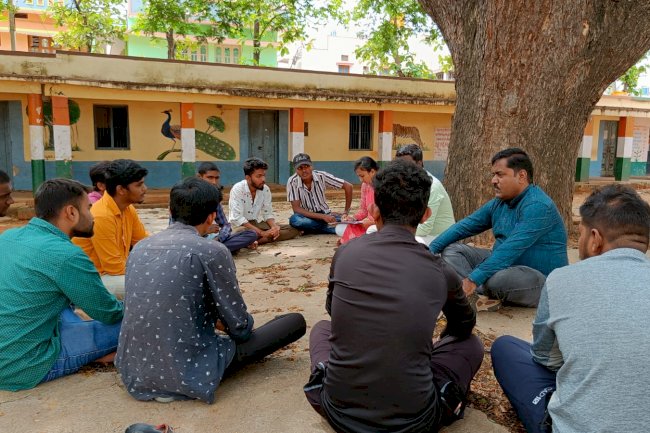The Tale of Traditional Healing Practices Across Tribes of India
Exploring the roots of Traditional Healing with the Tribal Communities

Ancient Indian medicine stands as one of the world's oldest healing practices, rooted in the belief that physical, mental, and emotional well-being arises from a balanced relationship with nature. A traditional healer in this context is identified within their community as a person who is capable of delivering healthcare through ritualistic and non-ritualistic practices.
In Assam, the Mishings, an ancient ethnic group, have woven a story of their healing practices that transcend time. Here, traditional healing isn't just a practice; it's a living legacy, passed down through generations as an intimate connection between nature, community, and well-being (Shankar et al., 2012).
In Jharkhand, Hodopathy is a treasure trove of knowledge held by the Oraon and Gond tribal community. Practiced across generations, it remains an unsystematized gem. In a world skeptical of natural medicine, Hodopathy stands as a bridge between ancestral wisdom and the relentless march of modernity (Mishra, 2021). In the serene landscape of Odisha, traditional healers known as "Baidyas" and "Dheuris" have been an integral part of the cultural and medical fabric for centuries (Pattnaik & Pani, 2016).
In the heartland of Chhattisgarh and Madhya Pradesh, Gunias, Bhagats, and Baigas specialize in treating illnesses arising from the supernatural. These healers, possessing inherited wisdom, address diverse maladies with a unique expertise that binds the community together (Soni et al., 2016). In Maharashtra traditional healers, known as "Bhopas" or "Bhagats," become custodians of age-old wisdom, treating physical and spiritual ailments. Their practice involves rituals, prayers, and herbal medicines, creating a harmonious dance between the natural and spiritual realms (Patil & Bhaskar, 2006).
While modern healthcare services reach into the farthest corners of India, the tribal communities remain steadfast in their reliance on traditional healing practices. GRAAM ongoing Mixed Method Study on the perspectives and practices of tribal traditional healers on health and health systems across different states of India, partnership with Piramal Swasthya, aims to unfold the knowledge, attitude towards modern healthcare system and traditional practices of the healers.
Our team along with the support from local partners has successfully line-listed about 7,437 traditional tribal healers across 7 states and 30 districts. The team has completed pilot studies in four states, namely Chhattisgarh, Jharkhand, Arunachal Pradesh, and Madhya Pradesh. These studies have provided valuable insights into the practices and challenges faced by traditional healers, helping us tailor our interventions effectively. One of the project's critical components is the involvement of local partners. We are pleased to report that we have successfully completed the training of local partners in all seven states.
What's Your Reaction?





















